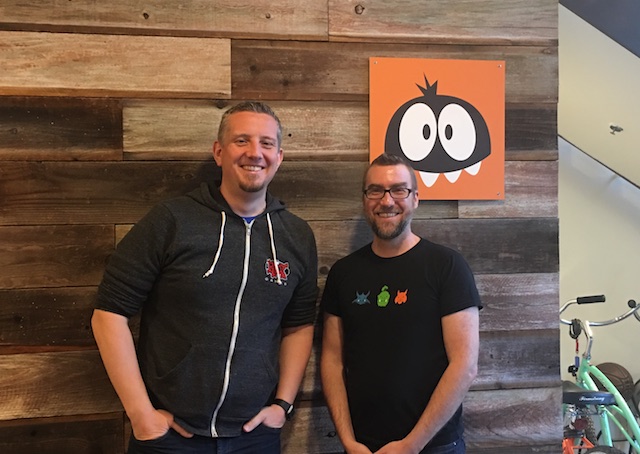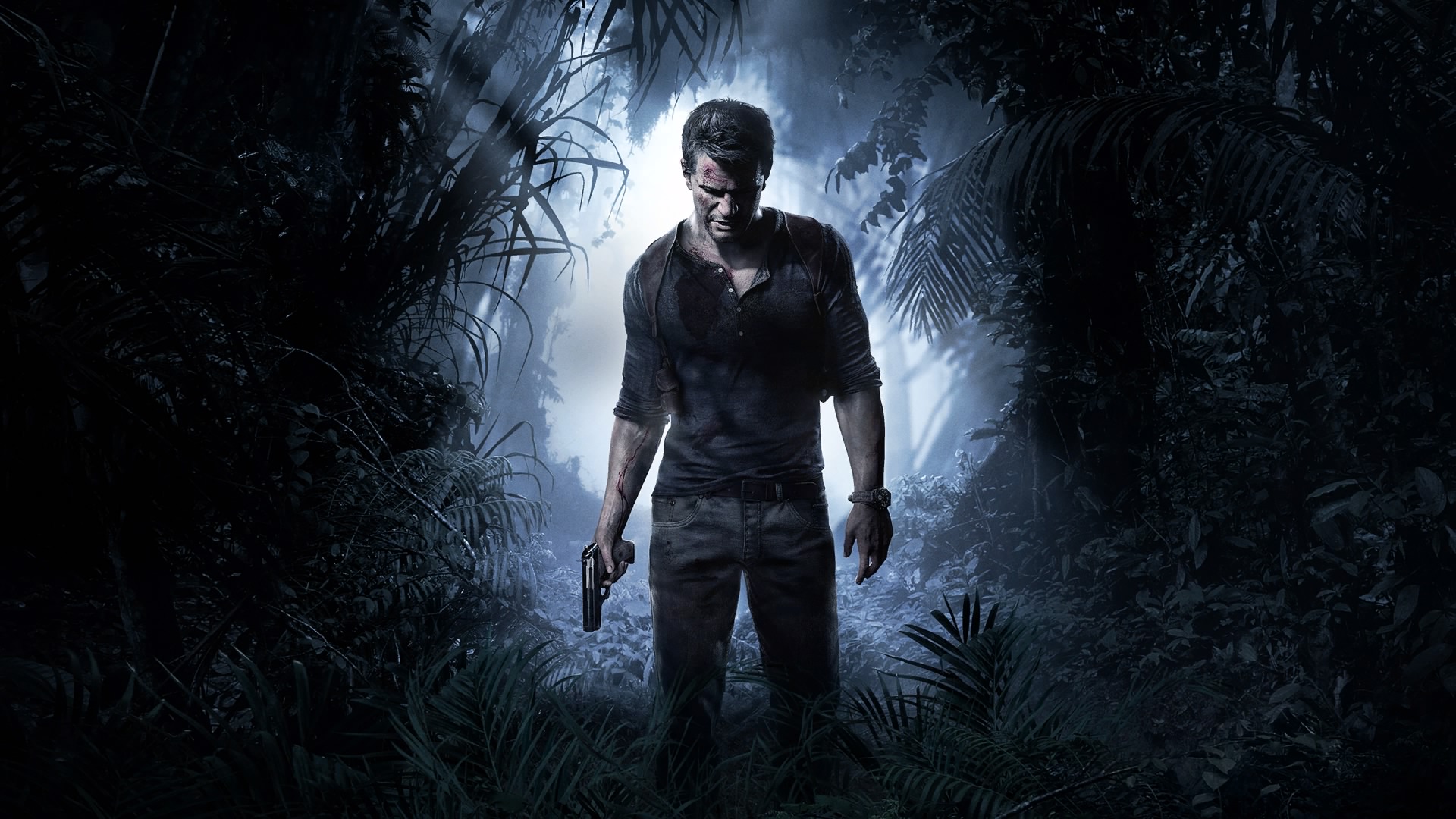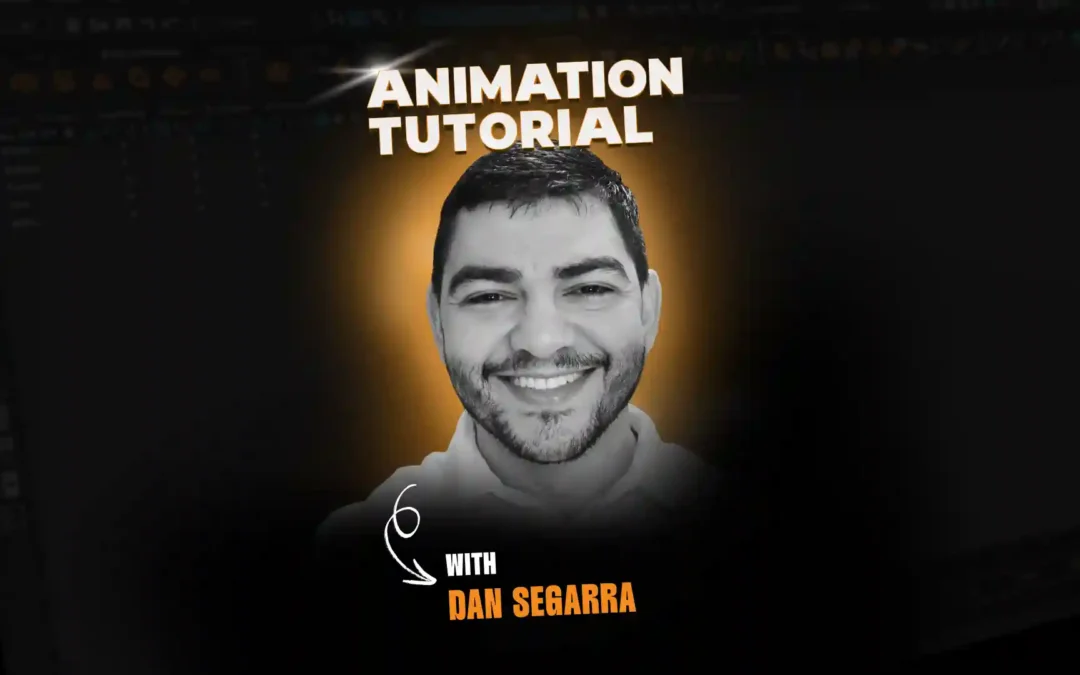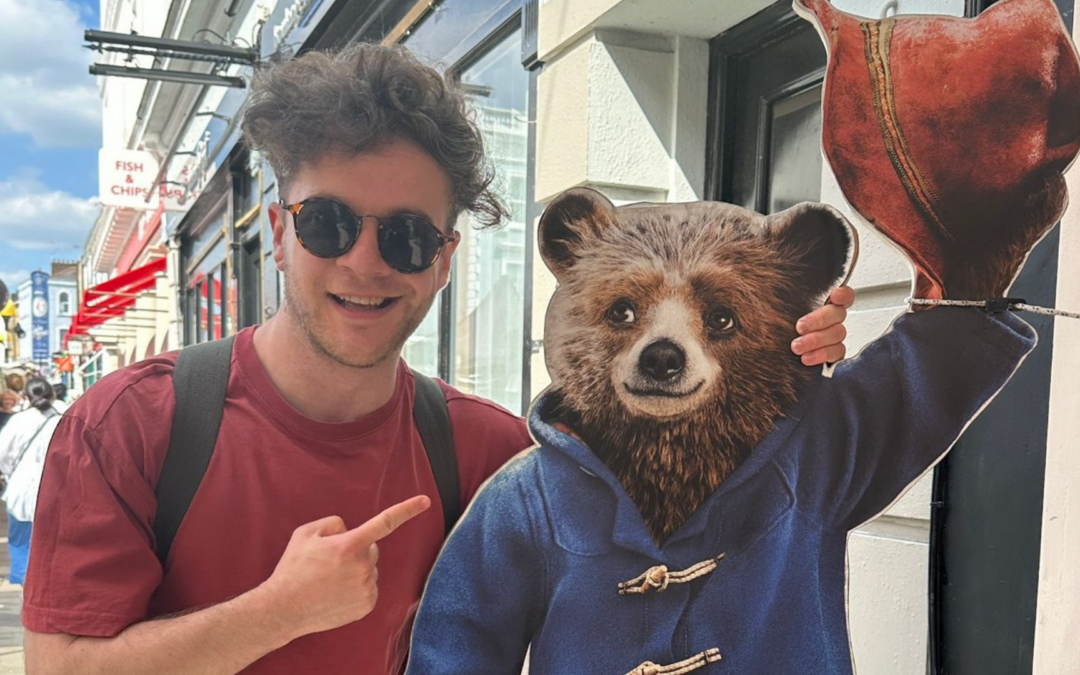
Justin Owens: What’s really important for students to learn if they’re interested in going into game animation? Alex Lehmann: When it comes to working in games the mindset is a little different. The mindset is, “I’m a game developer first, and I use animation in game development. I use animation to make awesome games.” I think when you work in film, you could say the same thing—that you’re a filmmaker and you use animation to make films. But, because animation is so up front in film, basically what you’re looking at is the animation itself, and it’s hard for you to distinguish that. So people say “I’m an animator” instead of saying, “I’m a filmmaker who animates.”
Alex sharing an inside glimpse of Riot Games
With games, you might actually better understand that you’re one part of a way bigger team—from the engineering side to character design, animation, game design—all these things are coming together. So it’s less like I’m an animator and more like I’m a game developer, and I use animation to create games. So especially from that perspective, knowledge of the game engine is incredibly important. You have to understand how everything works together.In film you know exactly the part you’re contributing. You’re fulfilling the vision of one or two main people. In games, you’re given more responsibility than that. You have more ownership.The best way to understand good game design is to play a lot of games. If you love games, you probably already have a solid understanding of good game design. It’s just like with movies—filmmakers should watch a lot of movies. If you have nothing to base your conversation off of and you just want to work in game design to pay your bills, then you probably shouldn’t be working in games. Then you don’t have the right passion. Justin: From your perspective, what is a good starting place for students interested in game animation? Alex: The real starting place is the fundamentals of animation. The Animation Mentor Game Animation Workshops cannot teach the basics like squash and stretch, bouncing ball, appealing posing, etc. because that’s too much to squeeze into specialized workshops. You need the basics before you start going into games. If I look at the Animation Mentor Character Animation Program, the first, second, and third terms are basic fundamentals, and then at some point that’s a moment where you could branch off and go deeper into acting where your animation is happening toward the camera—or, after you know the fundamentals and good body mechanics, you could branch off into games where the camera is free flowing and your animation has to look good from all angles.
The most important thing to consider as a game developer is how the character moves and how it feels.Of course, there are also some specific technical challenges that you have to know of as well, if you’re choosing the games route. In film there are restrictions like the FOV (Field of View), what camera are we using, what set are we in, etc. You have restrictions in games too—they’re just different.
Student Dylan Perrett illustrating the components that go into creating a locomotion set for game character
If students come in already knowing how to animate, the first thing to focus on in games is realizing the influence you can have on a character and how much personality you can add even when you’re doing a simple walk cycle. You have to think about how it will feel if you push a button to walk or attack or jump—if you add too many frames in the anticipation, it will feel sluggish and won’t be fun. The most important thing to consider as a game developer is how the character moves and how it feels, and that’s also where you start when you’re learning basic animation. Justin: The first time I brought my game animation from maya to unreal, I remember sitting with my controller and feeling so excited that my character was alive in the scene! In film you get that feeling when everything is rendered and up on the screen, but with games you seem to get there so much faster. How does that compare to your experience? Alex: It’s funny, I literally just said the same thing to Bobby Beck. The first time you animate a shot for something more narrative, the character comes to life and you think, “I did this!” This dead puppet all of the sudden turned into a character, and it’s amazing! It’s a magical moment.We are starting to see students pass up major film studios to come and work in games. It’s starting.But the first time I animated something for games and I got to run around with my character, I had that feeling and more. Not only did I create this, but I can interact with it and run around and do so much more. All of the sudden I started layering more information, so I’m running around and thought, “What if I show personality while he’s running. What if he’s touching his hair or readjusting his armor.” Adding more personality to the character. There’s a really magical moment in game design. Justin: What would you say to the students who are more focused on feature films and might be reluctant to even consider game animation? Alex: I think it comes down to where your passion is. I was a gamer all my life, but I thought I wanted to work in film and there was a little bit of the glamour that drew me into it. The big credits that roll by and you’re a part of that amazing team. But then I’d play games by myself. But when I really look at where I spend most of my time I play way more games than I watch movies. And I found that my true passion is making awesome games. In this case I was lucky enough that I got the chance. I took a job in game animation for 3 months thinking I’d go back to film after, then I ended up staying for 6 months and got offered a job working on a Blue Sky film and I turned it down. And if you’d have told me before that that I’d turn down a Blue Sky film, I’d have said you were crazy. It was like an out of body experience telling them no but realizing that I really wanted to be a game animator.
Adding more personality to the character. There’s a really magical moment in game design.I think the difference between game and film is in film you know exactly the part you’re contributing. You’re supposed to be part of the team that fulfills the vision of one or two main people. Usually the director. In games, you’re oftentimes given more responsibility than that. You’re not only the hands, but you’re part of a collective team that is trying to create this gaming moment and figuring out how to do that. Everyone uses their craft to express that. To me it comes down to passion. Where is your true passion? I know that games don’t yet have the glamor of film and by the way that’s also very freeing—but in 10 or 20 years it will be hard to distinguish between film and games. I’m not saying film goes away, but with VR and AR and with some of the narratives that games like Uncharted have, they’re rivaling some of the best movies on this planet in the intensity of feelings that players can experience. We are starting to see students pass up major film studios to come and work in games. It’s starting. Justin: I’d love to hear more about your experience (and also what you’ve observed elsewhere) re the role of animators on a video game. Are you typically assigned to one character? Who else are you working with? Alex: That heavily depends on the game. The way we’re organized for League of Legends, is that we’re a cross-disciplined cross-functional team. You’ll find that a modeler, concept artist, game designer, VFX artist, animator, and tech artist usually make up the core team. This is per character. You’ll probably also have a full time assigned QA resource. It’s a cross-functional team. They ask, “What are the ingredients they need to make an awesome character?” If these teams work really well together then it’s like improv—oftentimes the designer starts with a character they want to make like a gladiator. That’s a real example, we have a character named Draven. He’s a gladiator and he’s just really really good at killing people.
If da Vinci had seen this he would have lost his mind…and then become a game developer.Once we feel like the kit is great as a whole, then I start fleshing out the run, and then the attack. For the idle, I don’t need to work on that…one pose does the job, he’s standing. And then I go in order of importance. At some point I run out of time. I go through multiple layers, and some animations get more attention than others. But the minute I run out of time, I know the most important parts are done and remember that it’s not for my demo reel. It’s polished enough to serve the purpose and people will like it when they play. Justin: You mentioned there are like 15 or 20 poses. How many animation pieces do you tend to create for these characters? Is it similar across all of them or does it vary based on their design? Alex: On League of Legends it has changed dramatically over time. When we shipped the game it was 12 assets, when we shipped Draven it was 40, and with Kha’Zix it was 60. Now characters easily reach more than that. It’s because our animation systems got more elaborate and more interesting. But there’s a high overlap. All of them have a run. All of them have attacks. All of them have spells. What you’ll find is more variation. It’s fun. We have better tools. We got better at our job. We better understand what we really want to do, and so we’ll do a few run variations or we’ll do lean-ins or we’ll do a fast run and a slow run. All of that leads to better immersion into the character.

Nathan Drake of Uncharted 4
Then there are games that are the complete opposite like there’s this game called VVVVVV on Steam. There’s no animation, but the game design is so phenomenally well done that with the push of a button there’s this flip in gravity up and down and I just think, “Someone took one idea and made a whole game out of it, and it’s phenomenally interesting.” And I couldn’t put it aside until I had beaten that game.Steam’s VVVVVV
Then there are some games that are the system. There are games in Unreal that have beautiful physics and the motion is so beautiful that you want to run around and see if you can break it or see how it looks if you run into a wall, and you’ll notice that someone handcrafted this animation of running into a wall. You can really see how much love went into it. There are so many sources of inspiration and they come from indie titles all the way to AAA. Justin: What would you say to a student considering game animation as a career path? Alex: I’ve yet to meet someone in game animation today who doesn’t say, “Wow. It’s so rich and there’s so much to do here.” And to be honest it happens more than in film. There’s only so much you can do in film. In game development the challenges are different every day. In game development, I’ve animated champions and creatures. I’ve destroyed bridges. I’ve caused destruction. I’ve done simulation. Because all of it is motion, and I use motion to make games and explain game mechanics. Then all of the sudden after a year’s worth of work, I sit in a stadium and on a big screen someone fires off the ultimate that I animated, and it leads them to win the world championship. It’s surreal! People are cheering. This wasn’t my original plan for my career, and it’s really interesting and cool. Learn more! What does a game animator do? Demo and Q&A with Skylar Surra Animation Career Paths: Game Animation and Horizon Zero Dawn Why I Learned Game Animation (And What You Can Expect) Are You Meant to Be a Game Animator? We Work Hard, We Play Hard: A Q&A with Telltale Games’ Shahbaaz Shah


